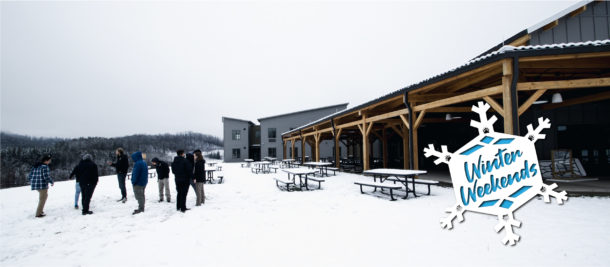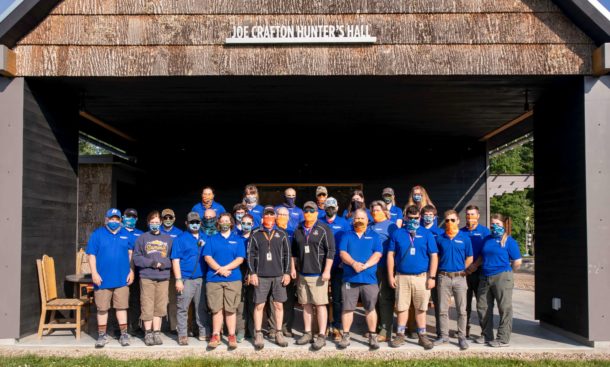Unless you’ve camped in West Virginia previously, you may not be aware of the wildlife challenges common at the Summit. Some you’ll probably expect, others you might not. The potentially dangerous ones can be summarized in five groups. Here’s the lowdown on each:
Reptiles
Both dangerous reptiles in the area are snakes: copperheads and eastern timber rattlesnakes. The best policy with snakes is to avoid them. Stay away from areas of tall grass and stay on established trails.
Mammals
The Summit hosts lots of mammals, a few of which could be dangerous; among them are bears, bats, raccoons and other small animals. The danger with bears is obvious. With bats and small animals, there is always the chance they could be carriers of rabies, so once again the best policy is to avoid contact and any activity that could attract them (like leaving food in your campsite).
Plants
We have three of the usual suspects in the area with which you’re probably already familiar: poison ivy, oak and sumac. We also have a plant with which you may not be familiar: mountain laurel.
Mountain laurel is toxic. It is unique in that the toxins are found in its pollen as well as the berries and green parts of the plant, so even honey made from it is toxic. If ingested it can be life threatening. This is a plant you’ll want to be able to recognize before you arrive at the Summit, so here are a couple of photos:
Arachnids
In this case there are three to be watchful of: black widow spiders, brown recluse spiders, and ticks. If you’re not familiar with these three, do some research and familiarize yourself before arriving at the Summit and plan to check for ticks daily at a minimum and anytime you are in tall grass or the woods.
Insects
With insects, the Summit’s inhabitants should not surprise you: bees, hornets and wasps are the primary culprits and I’m sure you all know to avoid these.
Like any camping trip, it pays to be aware of the potential dangers in the area so you know what to watch for and what to do if you do have an encounter. We’ll be publishing more on each of these potential wildlife challenges in the various publications we release prior to next year’s jamboree. In the meantime, make an effort to familiarize yourself with those that are new to you now.
See you at the Summit!
Dan



